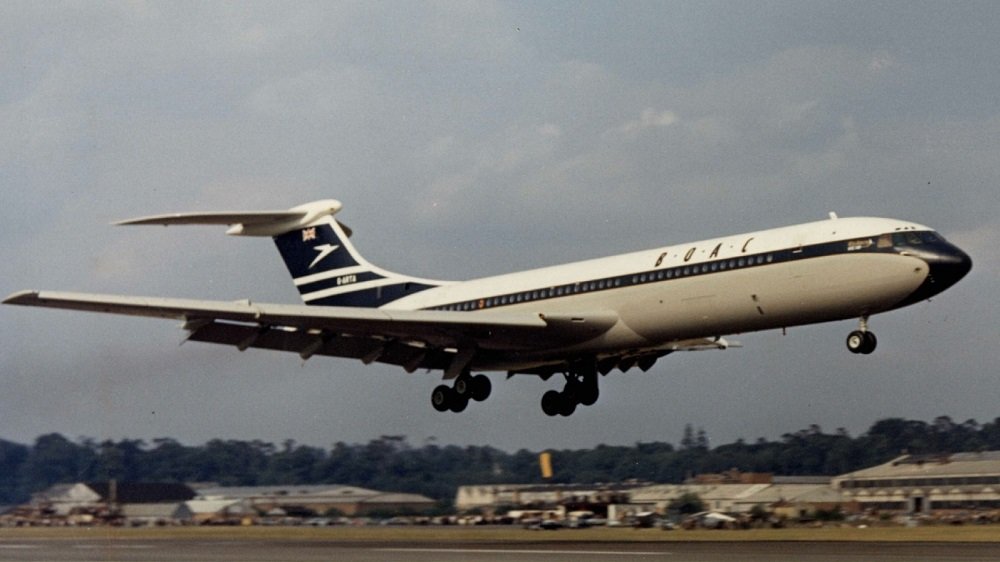
Vickers-Armstrongs.
Vickers-Armstrongs: A Pioneering Manufacturer in Aviation History
Introduction: Vickers-Armstrongs, a prominent British engineering company, holds a significant place in aviation history. Renowned for its contributions to various industries, including shipbuilding and munitions, Vickers-Armstrongs emerged as a respected manufacturer of exceptional aircraft. In this article, we delve into the history and background of Vickers-Armstrongs, highlighting their notable achievements in the field of aviation.
Origins and Merger: Vickers-Armstrongs can trace its roots back to the merger of two distinguished engineering firms, Vickers Limited and Armstrong Whitworth Aircraft. The merger took place in 1927, forming Vickers-Armstrongs Limited. Vickers Limited, originally founded in 1828 as a steel foundry, had established itself as a renowned manufacturer of military and civil aircraft, while Armstrong Whitworth Aircraft had its own legacy in aviation, having been involved in aircraft production since World War I.
Aircraft Production and Innovation: Vickers-Armstrongs quickly gained a reputation for its commitment to quality and innovation in aircraft manufacturing. The company's expertise spanned a wide range of aircraft types, including military bombers, transport planes, and commercial airliners. Throughout its history, Vickers-Armstrongs produced several notable aircraft that made a lasting impact in the aviation industry.
Avro Vulcan: One of the notable aircraft produced by Vickers-Armstrongs was the Avro Vulcan. Developed during the Cold War era, this iconic delta-winged strategic bomber played a crucial role in the United Kingdom's aerial defense. With its impressive range, the Avro Vulcan was capable of carrying nuclear weapons, serving as a powerful deterrent during the tense geopolitical climate of the time.
Wellington Bomber: During World War II, Vickers-Armstrongs played a vital role in the war effort with the production of the Wellington Bomber. This medium bomber was renowned for its geodetic construction, which employed a lattice framework, providing strength and durability while minimizing weight. The Wellington Bomber proved to be an effective aircraft, contributing significantly to the Allied air campaign.
VC10: In the mid-1950s as the jet airliner age was starting off Vickers-Armstrongs designed a uniquely different airliner that was built to BOACs (British Overseas Airline Corporation) specifications to enable operations out of hot and high African locations with low standard airfields. It was popular with passengers due to the quietness of the cabin, a result of its four Conway engines being rear-mounted on the fuselage.
Other Notable Contributions: Apart from their well-known aircraft, Vickers-Armstrongs also made other noteworthy contributions to the aviation industry. They developed the Vickers Viscount, a groundbreaking turboprop-powered airliner that revolutionized short-haul air travel. The Viscount became the first turboprop airliner to enter widespread commercial service, setting new standards for passenger comfort and efficiency.



